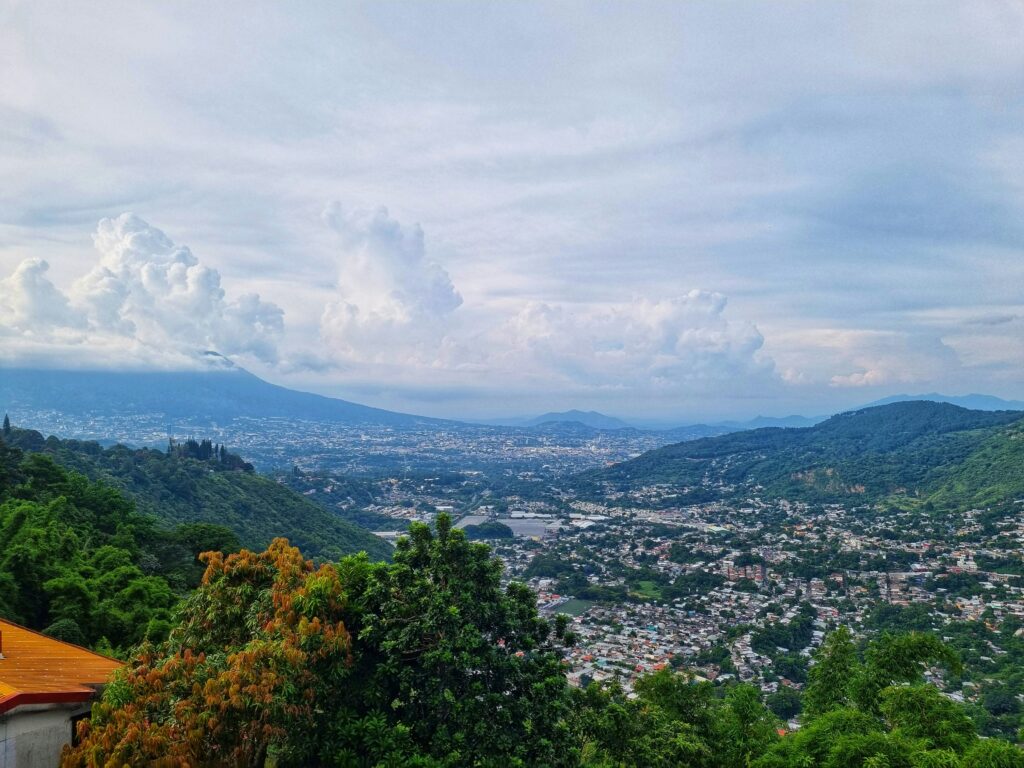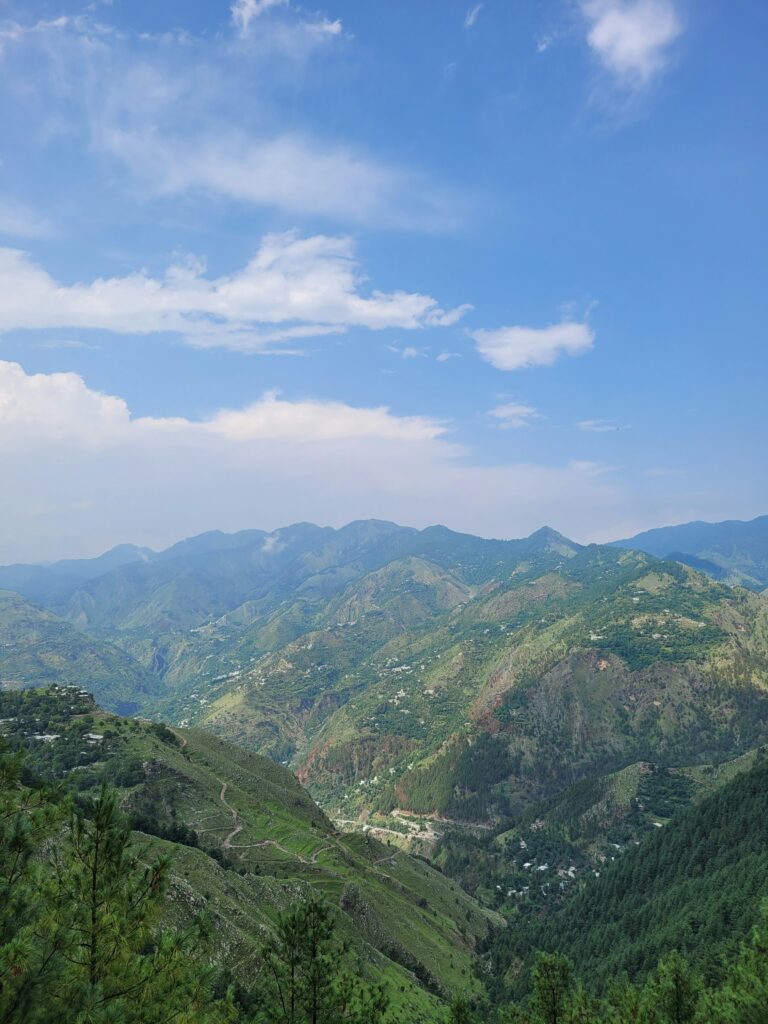Journey beyond the headlines and discover the true beauty of Abbottabad, Pakistan. Explore its serene landscapes, rich history, and tranquil charm in this ultimate travel guide.

Introduction: Beyond the Single Story
Tucked away in the verdant embrace of the Khyber Pakhtunkhwa province, the city of Abbottabad awaits the discerning traveler. Often, a single narrative defines a place in the global consciousness, obscuring its true essence. For those willing to look closer, Abbottabad reveals itself not through headlines, but through the misty whispers of its pine forests, the grandeur of its colonial architecture, and the warm hospitality of its people. This is a city where the air is fresher, the greens are deeper, and the pace of life reminds you to breathe. Welcome to Abbottabad—a destination of unparalleled peace, natural splendor, and a heritage waiting to be explored.
An Enchanting Landscape: Where the Mountains Embrace the Sky
The soul of Abbottabad’s allure lies in its breathtaking geography. Perched at an altitude of over 1,200 meters, it is cradled by the Sarban Hills, part of the lesser Himalayan range, creating a natural amphitheater of beauty.
A Canvas of Seasonal Colors
Abbottabad is a masterpiece that changes its palette with the seasons. In spring, the valleys explode with a riot of wildflowers, and the fruit orchards are blanketed in delicate pink and white blossoms. Summer transforms the city into a cool, emerald refuge from the oppressive heat of the plains, with the monsoon rains adding a mystical haze to the mountains. Come autumn, the landscape is set ablaze. The countless pine, oak, and maple trees turn into brilliant shades of amber, gold, and crimson, creating a photographer’s paradise. Winter brings a serene quiet, with higher altitudes like Thandiani often draped in a pristine layer of snow, offering a peaceful, crystalline escape.
Thandiani: The Icy Peak of Paradise
A short but spectacular drive from the city center leads you to Thandiani, which rightly earns its name meaning “very cold.” This hill station, sitting at nearly 2,800 meters, is the crown jewel of the Abbottabad region. The journey is half the adventure, navigating winding roads through dense, whispering forests that suddenly give way to breathtaking panoramic viewpoints. On a clear day, the vista includes an awe-inspiring glimpse of the world’s ninth-highest peak, Nanga Parbat, its snow-clad summit glittering in the sun. Thandiani is not about hustle; it’s about serenity, fresh air, and reconnecting with nature.
A Stroll Through Time: The Architectural and Cultural Mosaic
Abbottabad’s charm is deeply rooted in its history. Founded by Major James Abbott in the mid-19th century, the city seamlessly blends its colonial past with rich indigenous traditions.
Echoes of the Raj in Stone and Spirit
The city’s layout is a legacy of its British founders, characterized by wide, tree-lined streets and orderly sectors. This colonial imprint is most visible in its architecture. The iconic St. Luke’s Church, built in 1864, stands with quiet dignity, its old graveyard telling stories of a bygone era. The premises of the Pakistan Military Academy (PMA) in Kakul and historic educational institutions like Army Burn Hall College showcase the majestic, stone-built style of colonial-era construction, lending the city an air of dignified grandeur.
The Heartbeat of the Bazaars
To truly experience Abbottabad, one must lose themselves in its vibrant bazaars. The commercial hubs around Jinnah Road and Saddar Bazaar are a sensory delight. Here, the scent of sizzling kebabs mingles with the aroma of traditional spices. You can find exquisite handmade Peshawari Chappals, intricate Kashmiri shawls, and vibrant handicrafts. The bazaars are also the best place to embark on a culinary adventure:
-
Savory Delights: Sink your teeth into a Chapshuro, a flavorful, meat-stuffed pastry, or sample Galawati Kebabs, known for their melt-in-the-mouth texture.
-
Sweet Treats: Don’t miss the local Gajrela (carrot halwa) and Pateesa for a sugary pick-me-up.
-
The Social Elixir: No visit is complete without spending time at a local café, sipping on a steaming cup of Doodh Pati Chai (strong milk tea) and watching the world go by.
The Atmosphere of Enlightenment: The City of Schools
Abbottabad’s moniker, “The City of Schools,” is a point of immense local pride. For generations, it has been a premier educational center, home to some of Pakistan’s most prestigious institutions. This scholarly foundation has cultivated a unique city culture—one that values discipline, intellectual curiosity, and peace. The presence of these schools and colleges infuses the city with a youthful energy and a noticeably orderly, safe, and tranquil environment, making it feel like a world apart from the chaos of larger metropolises.
Your Abbottabad Adventure: A Practical Guide
Getting There: Abbottabad is easily accessible by road from major cities. The most common route is from Islamabad, which is approximately a 120 km drive taking 2-3 hours via the modern M-15 Motorway and N-35 National Highway.
Accommodation: Options are diverse, ranging from comfortable city hotels like the Serena Abbottabad to more economical guest houses. For a nature-immersed stay, consider booking a government rest house in Thandiani or the nearby Galiyat region.
Ideal Duration: A stay of 2-3 days is perfect to explore the city’s core attractions and take a day trip to Thandiani.
Conclusion: The Call of the Mountains
Abbottabad is not just a location; it’s a feeling. It is the profound silence at the top of a mountain, the warmth of a shared meal, and the cool shade of a centuries-old pine tree. It challenges preconceived notions and rewards the curious traveler with experiences of genuine beauty and tranquility. In a world that often moves too fast, Abbottabad stands as a reminder to slow down, look up at the mountains, and appreciate the simple, stunning beauty that surrounds us. It is, without a doubt, a hidden gem that deserves a top spot on your travel itinerary.
Frequently Asked Questions (FAQs) About Abbottabad
1. Is Abbottabad a safe city for foreign tourists?
Absolutely. Abbottabad is widely regarded as one of the safer cities in Pakistan. It has a significant security presence and a low crime rate. The local population is hospitable and welcoming to visitors. Standard travel precautions are always advised, as they would be in any new destination.
2. When is the optimal time to witness snowfall in Abbottabad?
While the city itself may see occasional light frost, the best place to experience proper snowfall is in the surrounding high-altitude areas, particularly Thandiani. The months from December to February are your best bet, with January often being the coldest and snowiest month.
3. Can I find public transport to reach Thandiani from Abbottabad city?
Yes, but it’s limited. Shared jeeps (Hiace vans) occasionally make the trip from the main bus stand, but they can be infrequent and crowded. For a more comfortable and flexible experience, especially for photography stops, hiring a private taxi for the day is highly recommended.
4. What are some unique souvenirs I can bring back from Abbottabad?
Look for traditional handicrafts such as:
-
Peshawari Chappals: Handcrafted leather sandals.
-
Kashmiri Shawls: Exquisite embroidered or woven Pashmina and woolen shawls.
-
Traditional Waistcoats: Embroidered waistcoats for men.
-
Local Honey: The surrounding hills produce high-quality, organic honey.
5. Does Abbottabad offer activities for adventure enthusiasts?
Yes, indeed. The terrain around Abbottabad is perfect for:
-
Trekking and Hiking: Numerous trails wind through the pine forests and up into the Sarban Hills.
-
Rock Climbing: The rocky outcrops surrounding the area provide good opportunities for beginners.
-
Paragliding: On certain days, the open valleys near Thandiani can be suitable for paragliding, though it’s best to connect with local clubs for information.
-
Photography: The ever-changing landscapes offer endless subjects for landscape and nature photographers.
